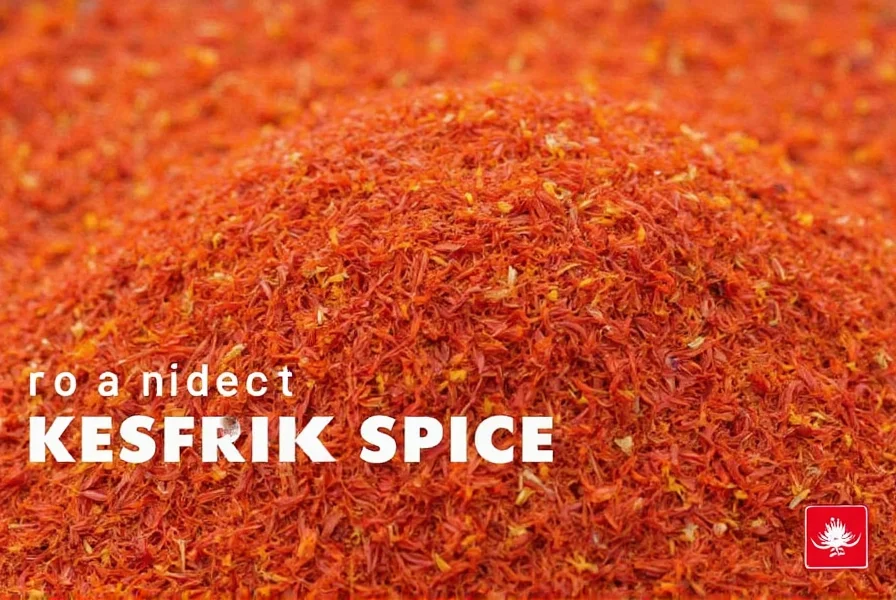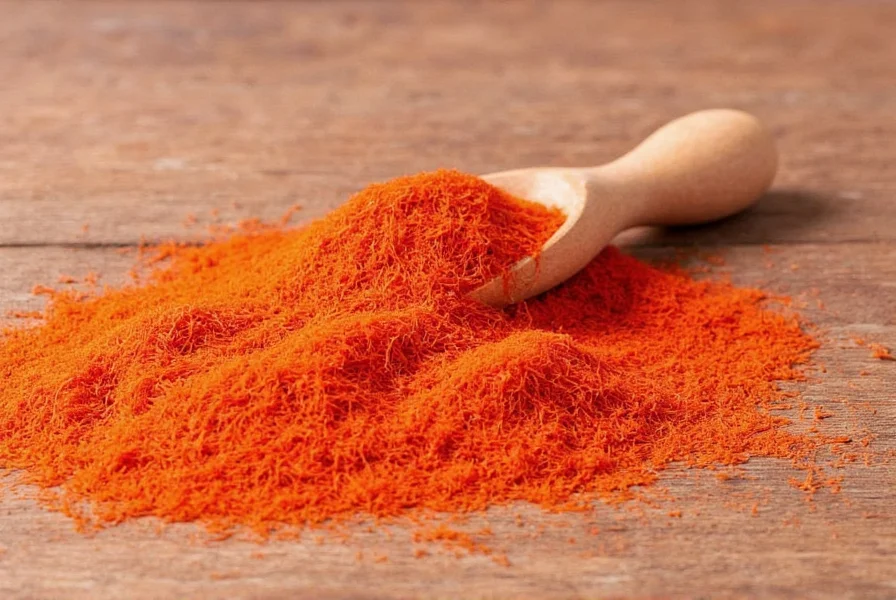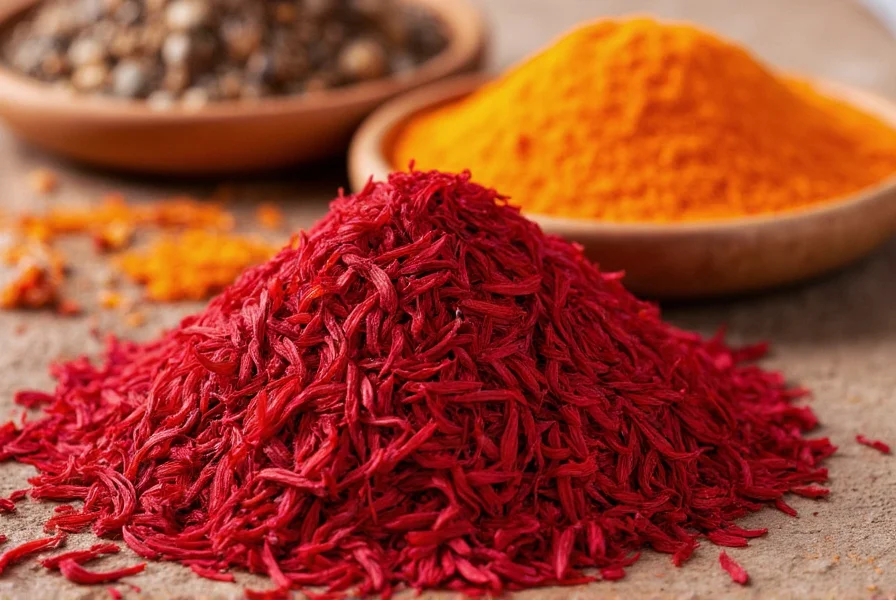When exploring what is kesar spice, it's essential to understand its botanical origins and cultural significance. Known as "kesar" in Hindi and other South Asian languages, this precious spice has been prized for millennia across multiple civilizations. The vibrant crimson threads come exclusively from the delicate stigmas of the saffron crocus, which blooms for just one week each autumn.
Botanical Background and Harvesting Process
The Crocus sativus plant produces flowers with three vivid red stigmas that become saffron threads after careful drying. Harvesting occurs at first light when the flowers are still closed to preserve potency. Skilled workers must pluck each blossom by hand, then immediately remove the fragile stigmas before the flowers open completely—a labor-intensive process contributing to saffron's high value.

Cultural Significance Across Civilizations
Kesar spice has played important roles in various cultures throughout history:
| Culture | Traditional Uses | Historical Value |
|---|---|---|
| Ancient Persia | Medicinal applications, textile dyeing | Traded along Silk Road routes |
| Indian Subcontinent | Spiritual offerings, culinary applications | Integral to Ayurvedic medicine |
| Mediterranean Regions | Perfume ingredient, food coloring | Worth more than gold by weight |
Culinary Applications of Kesar Spice
Understanding how to use kesar in cooking properly is crucial for maximizing its flavor potential. Unlike many spices, saffron releases its compounds best when steeped:
- For rice dishes: Soak 15-20 threads in 2 tablespoons warm milk or broth for 20 minutes before adding to biryani or pulao
- In baking: Combine with liquid ingredients early in the process to distribute color evenly
- For beverages: Steep threads directly in warm milk for traditional Indian kesar doodh
When exploring kesar spice in Indian cuisine, note that authentic recipes use minimal quantities—typically 10-15 threads per serving—as excessive amounts create bitterness. The spice works particularly well with dairy, rice, and delicate proteins like fish.
Scientifically Supported Benefits
Research into kesar spice benefits reveals several promising properties, though consumers should maintain realistic expectations. Clinical studies indicate saffron contains crocin and safranal compounds with antioxidant properties. When evaluating health claims, remember that culinary usage provides minimal therapeutic benefit compared to concentrated extracts used in research settings.
Identifying Authentic Kesar
Distinguishing genuine saffron from substitutes represents a common challenge. Follow these guidelines for authentic saffron identification:
- Visual inspection: Real kesar threads show trumpet-shaped ends and uneven coloring (darker at stigma end)
- Water test: Genuine threads release color gradually in warm water without dissolving completely
- Aroma: Authentic saffron has a distinctive hay-like fragrance with subtle floral notes
- Taste test: Proper kesar delivers initial bitterness followed by earthy, floral notes
Beware of common adulterants like safflower, marigold petals, or dyed corn silk sold as "kesar." These substitutes lack saffron's complex flavor profile and may pose health risks when consumed regularly.
Storage and Usage Recommendations
To preserve kesar spice quality, store threads in an airtight container away from light and moisture. Properly stored saffron maintains potency for 1-2 years. For maximum flavor extraction, always crush threads with a mortar and pestle before steeping—this mechanical action releases more compounds than whole threads.

Substitutes and Alternatives
When considering saffron substitutes for kesar, turmeric provides color but lacks flavor complexity, while paprika offers some earthiness without the floral notes. For authentic results in traditional recipes, no perfect substitute exists—though some chefs combine turmeric (for color) with a pinch of paprika (for earthiness) when saffron is unavailable.
Frequently Asked Questions
Is kesar spice the same as saffron?
Yes, kesar is the Hindi and Urdu term for saffron. Both refer to the same spice derived from Crocus sativus stigmas. The name difference reflects regional language variations rather than any botanical distinction.
Why is kesar spice so expensive?
Kesar's high cost stems from its labor-intensive harvesting process. Each saffron crocus produces only three stigmas, which must be hand-picked at dawn. Approximately 75,000 flowers yield just one pound of dried saffron, requiring significant manual labor during a narrow harvesting window.
How can I verify if my kesar is authentic?
Perform the water test: place a few threads in warm water. Genuine kesar releases color gradually over 15-20 minutes while maintaining thread structure. Fake versions often dissolve completely or release color immediately. Authentic threads also have trumpet-shaped ends and a distinctive hay-like aroma.
What's the proper way to use kesar in cooking?
For optimal flavor extraction, crush saffron threads with a mortar and pestle, then steep in 2-3 tablespoons of warm liquid (milk, broth, or water) for 15-20 minutes before adding to your dish. This method releases more flavor compounds than adding dry threads directly to recipes.
Can I grow saffron crocus at home?
Yes, but with significant limitations. Saffron crocus requires specific climate conditions (hot dry summers, cold winters) and well-drained soil. Each bulb produces just one flower annually, making home cultivation impractical for meaningful harvests. Commercial production occurs primarily in Iran, Spain, and India's Kashmir region.











 浙公网安备
33010002000092号
浙公网安备
33010002000092号 浙B2-20120091-4
浙B2-20120091-4